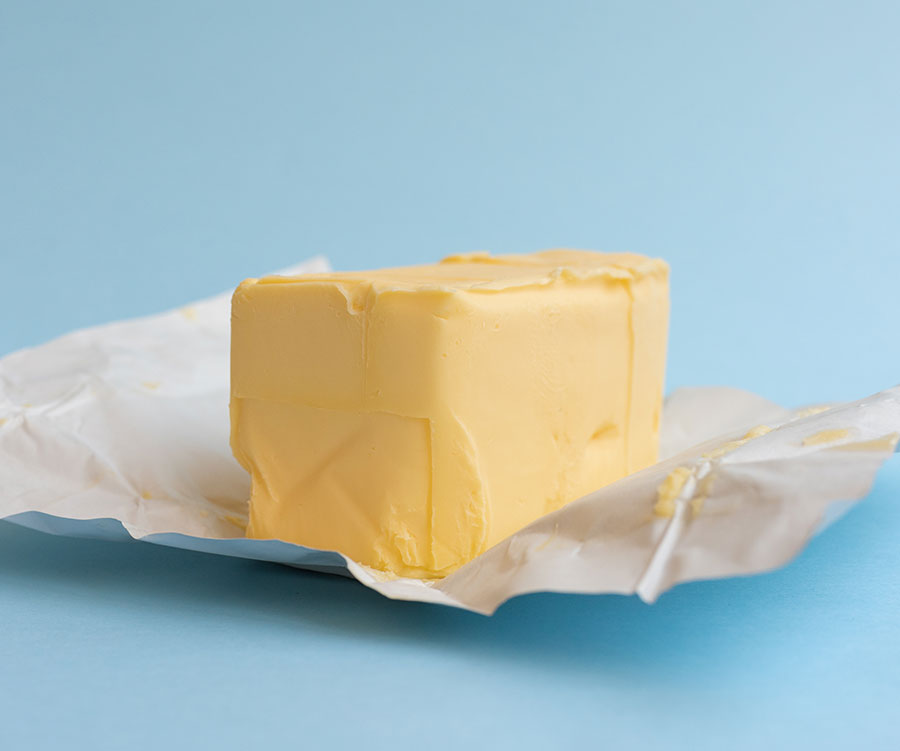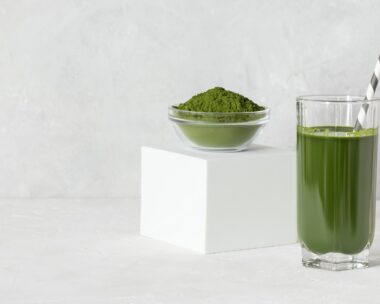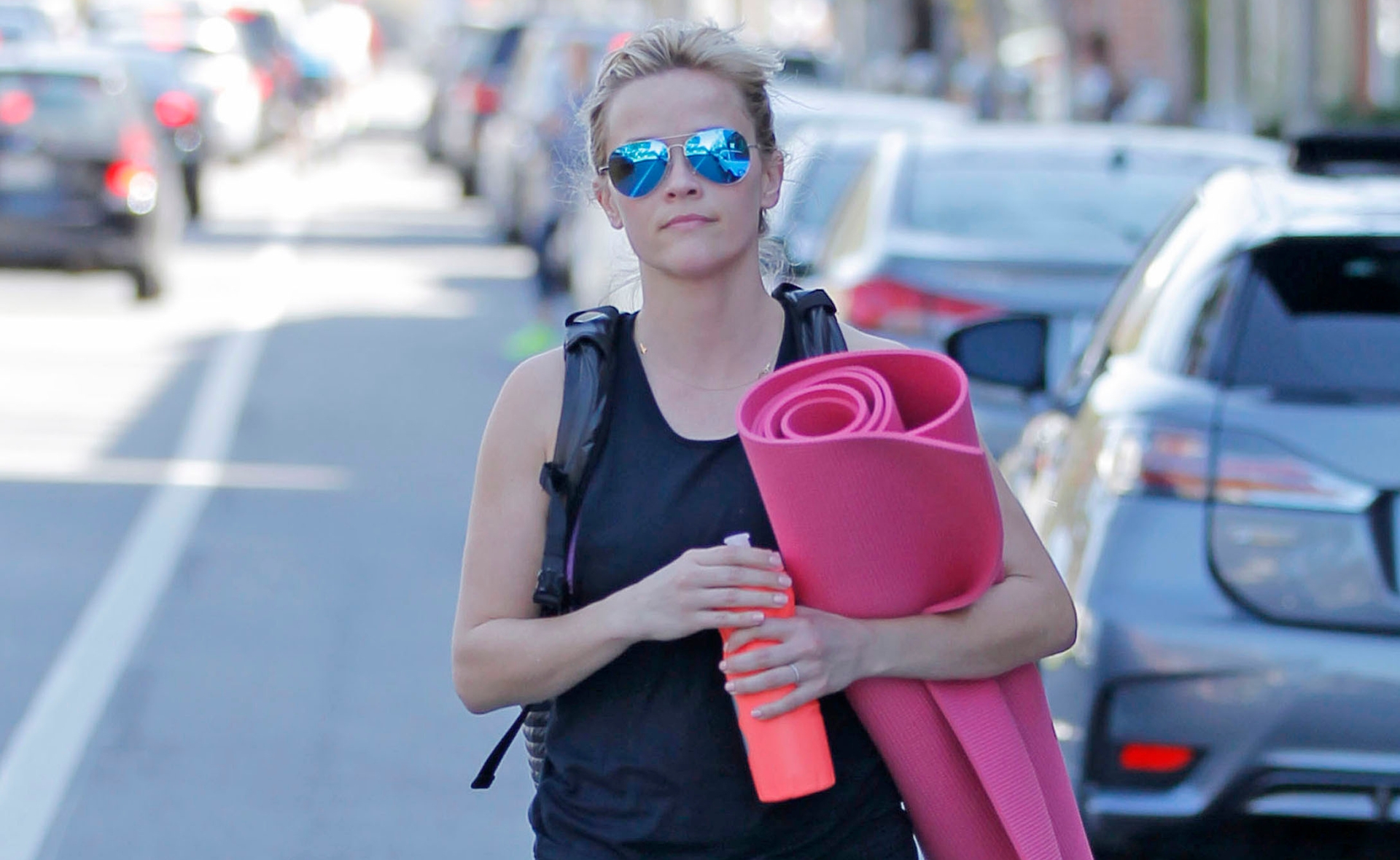If there’s a person out there who doesn’t like butter, we’re yet to meet them.
Butter is one of those rare foods that has universal appeal. A delicious addition to everything from curries to Christmas ham, cakes and gingerbread men, this do-it-all ingredient complements and enhances the flavour of foods. Let’s be honest, it’s bloody delicious.
What is butter?
Butter is made by churning milk, usually from cows. This churning process separates the butterfat (the solids) from the buttermilk (the liquid). Butter comes in two main variations: salted or unsalted. Butter from grass-fed cows is more yellow in colour compared to butter from fully or partially grain-fed cows, which is whiter in colour. This is due to beta-carotene, which is naturally occurring in grass.
Wait a minute, is butter good or bad for you?
Butter is high in saturated fats. Back in 1957, a study by American scientist Ancel Keys kicked off a low-fat food trend and indicated that fats, including the ones found in butter, could have an adverse health effects. However, emerging evidence suggests cardiometabolic benefits of dairy products and dairy fat.
Butter has experienced a recent resurgence and is popular with anyone following the keto or paleo diet. Being carb-free, adding butter to your meals or snacks can help your body go into ketosis and burn fat, faster.
Not only that, butter has been found to be one of the richest sources of butyrate going ’round. Butyrate is a short-chain fat that could help to promote brain health.
So, basically, butter is back on the table!
Are any types of butter better than others?
Yep, some butters are better than others. Butter from grass-fed cows is often considered healthier than that of its grain-fed counterparts as it has a more favourable composition of fats. For example: compared to butter from grain-fed cows, butter from grass-fed cows such as Westgold, has a more balanced ratio of omega-3 fats (which is important for general health), a greater concentration of vitamin E (an antioxidant that protects cells from damage) and contains beta-carotene (which is converted into retinol).
When you think about it, butter is a reflection of what the cow was eating at that time. With that in mind, Westgold Butter is made using the milk of free-range cows that spend their days munching on grass on picturesque green pastures on the West Coast of New Zealand. This remote region of New Zealand’s South Island is known for its rugged coastline, towering mountains, fresh air, and pouring rain. That’s the kind of place we want to buy butter from!
Brought to you by Westgold.




